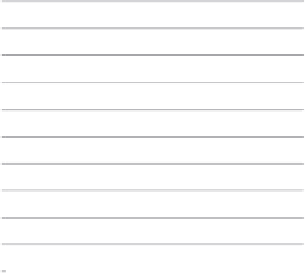Information Technology Reference
In-Depth Information
6.4.7 A Comparison of Postsession Self-Reported Metrics
Tullis and Stetson (2004) conducted a study in which we compared a variety of
postsession questionnaires for measuring user reactions to websites in an online
usability study. We studied the following questionnaires, adapted in the manner
indicated for the evaluation of websites.
•
SUS.
It was adapted by replacing the word
system
in every question with
website
.
•
QUIS.
Three of the original rating scales that did not seem to be appro-
priate to websites were dropped (e.g., “Remembering names and use of
commands”). The term
system
was replaced with
website
, and the term
screen
was generally replaced by
web page
.
•
CSUQ.
The term
system
or
computer system
was replaced by
website.
•
Microsoft's Product Reaction Cards.
Each word was presented with a check box,
and the user was asked to choose the words that best describe their interac-
tion with the website. They were free to choose as many or as few words as
they wished.
•
Our Questionnaire.
We had been using this questionnaire for several years
in usability tests of websites. It was composed of nine positive statements
(e.g., “This website is visually appealing”), to which the user responds on
a seven-point Likert scale from “Strongly Disagree” to “Strongly Agree.”
We used these questionnaires to evaluate two web portals in an online usabil-
ity study. There were a total of 123 participants in the study, with each participant
using one of the questionnaires to evaluate both websites. Participants performed
two tasks on each website before completing the questionnaire for that site. When
we analyzed the data from all the participants, we found that all five of the ques-
tionnaires revealed that Site 1 got significantly
better ratings than Site 2. Data were then ana-
lyzed to determine what the results would
have been at different sample sizes from 6 to
14, as shown in
Figure 6.13
. At a sample size
of 6, only 30 to 40% of the samples would
have identified that Site 1 was preferred sig-
nificantly. But at a sample size of 8, which is
relatively common in many lab-based usabil-
ity tests, we found that SUS would have iden-
tified Site 1 as the preferred site 75% of the
time—a significantly higher percentage than
any of the other questionnaires.
Percent of "Correct" Conclusions
by Sample Size
100%
90%
80%
70%
60%
SUS
QUIS
CSUQ
Words
Ours
50%
40%
30%
20%
10%
It's interesting to speculate why SUS
appears to yield more consistent ratings at
relatively small sample sizes. One reason
may be its use of both positive and negative
statements with which users must rate their
level of agreement. This may keep partici-
pants more alert. Another possible reason
0%
6
8
10
12
14
Sample Size
Figure 6.13 Data illustrating the accuracy of results from random
subsamples ranging from size 6 to 14. This graph shows what
percentage of the random samples yielded the same answer as the full
data set at the different sample sizes. Adapted from Tullis and Stetson
(2004); used with permission.






























Search WWH ::

Custom Search